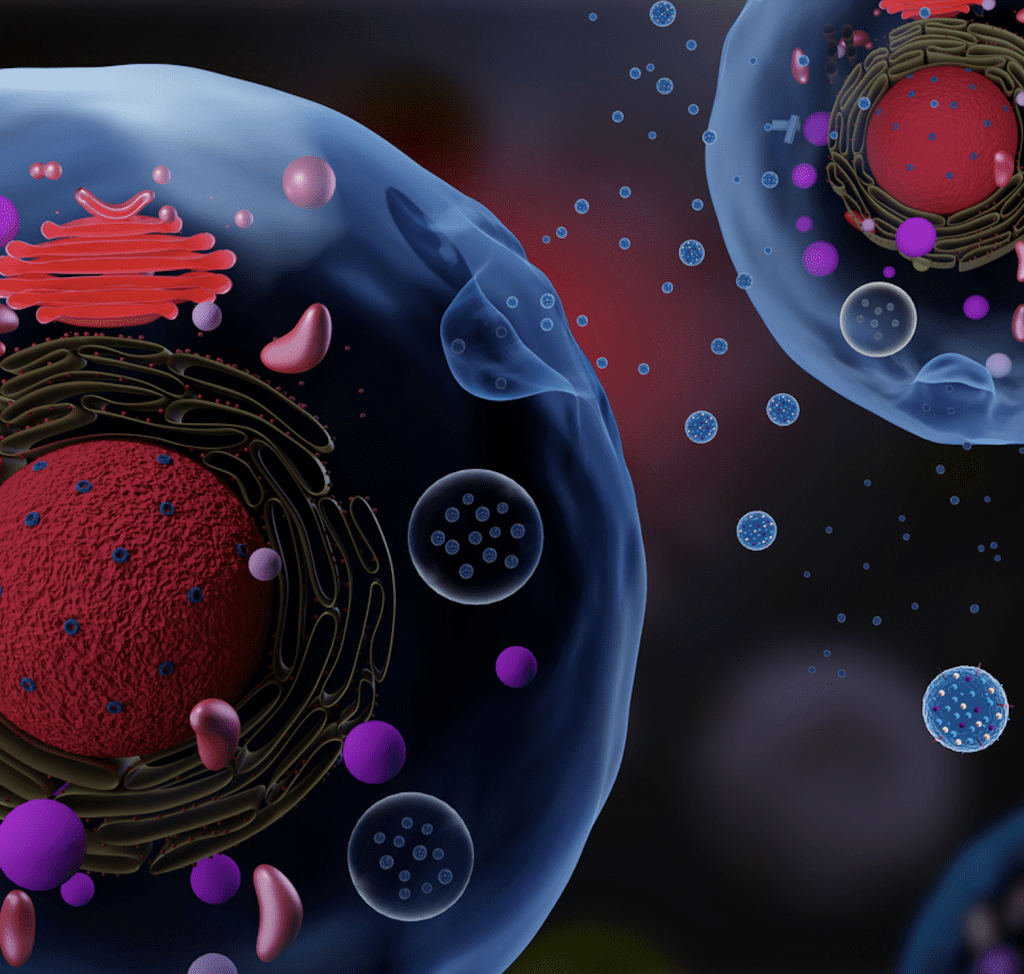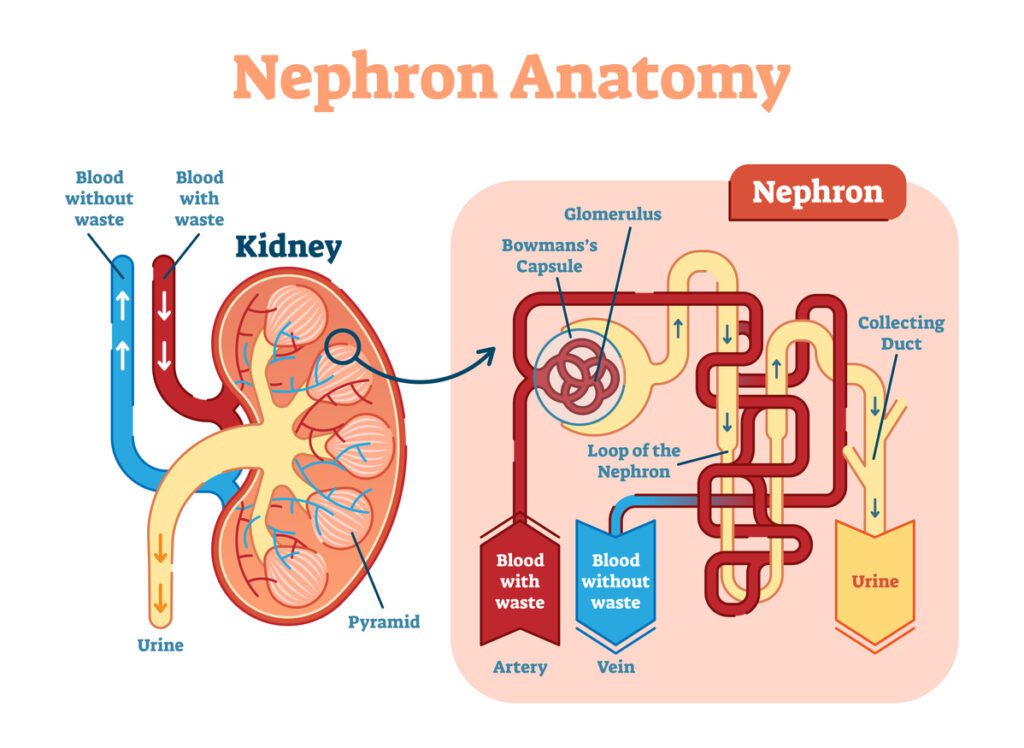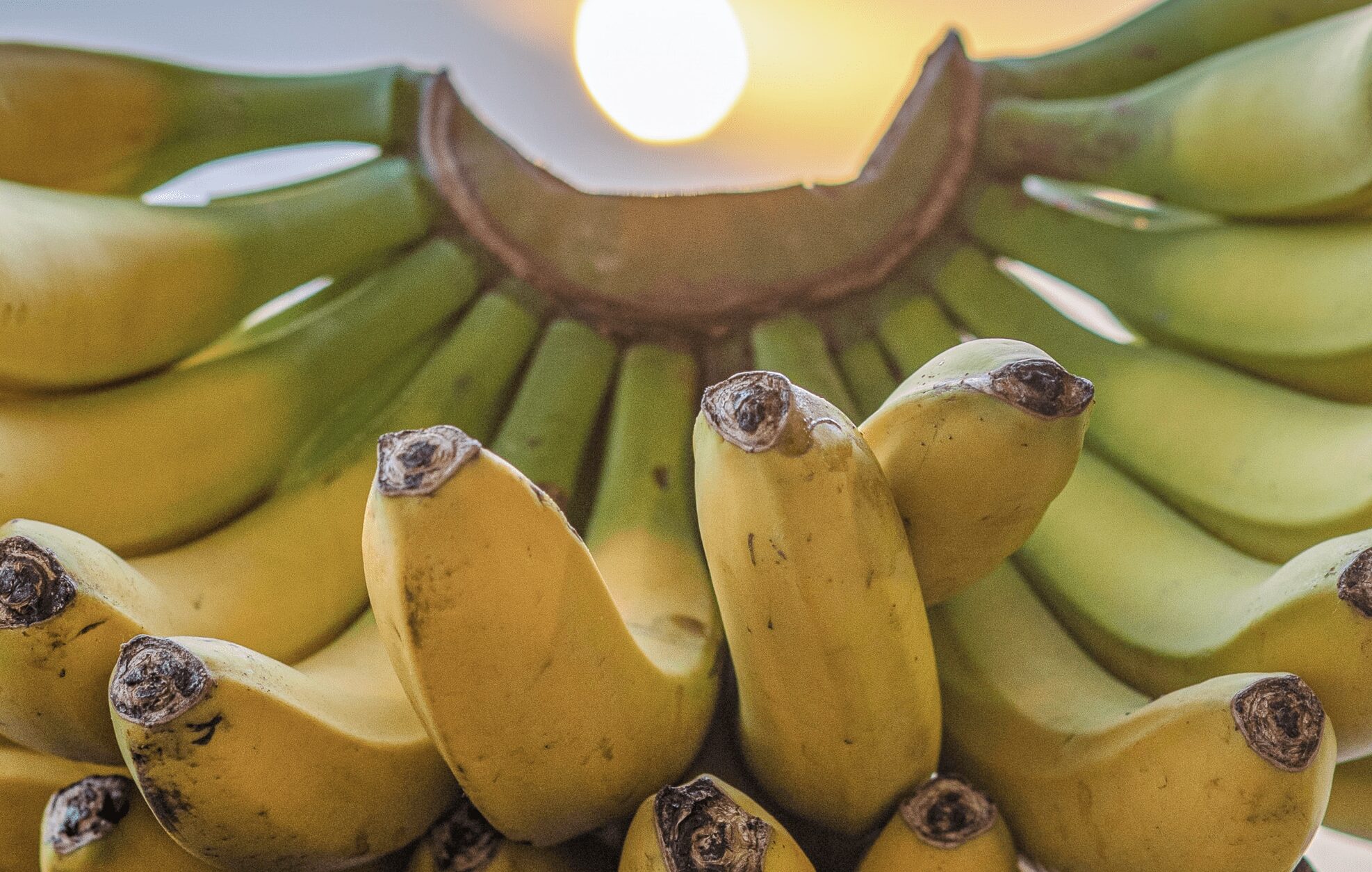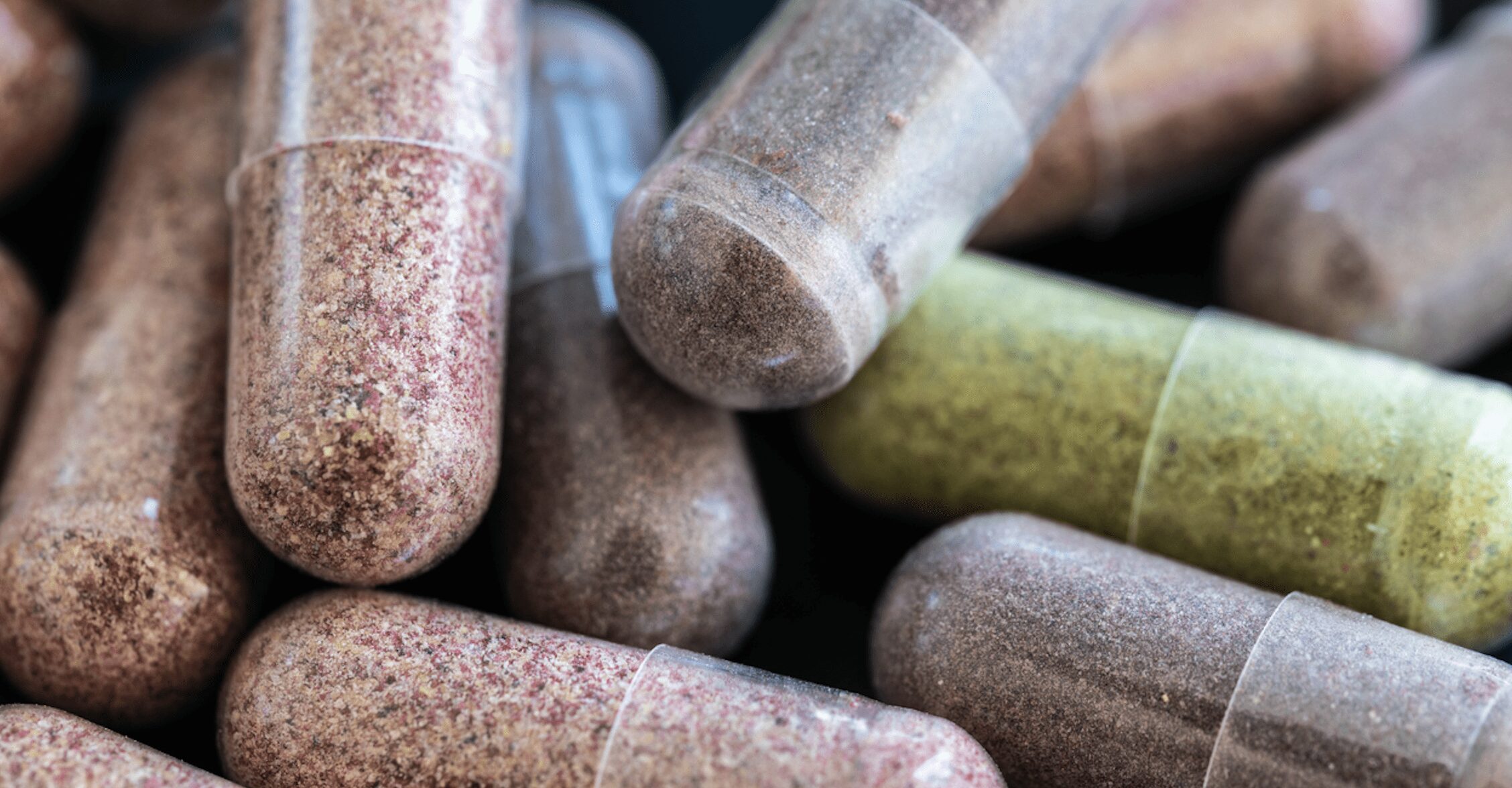We all know stem cells are the next-level tool for looking young and healthy. But did you know that you can naturally enhance your stem cell power by cleaning the lymphatic system? Learn why raw foods unfold your regenerative potential and what you need to avoid to stop harming your body’s miraculous power.
Stem cells constantly rejuvenate and regenerate the body. The question is: How quickly and efficiently can they do their job? And how can we boost their performance?
We age, because our stem cells age!
Yes, I know, that sounds like terrible news at first. But every crisis is an opportunity: the “aging” of stem cells helps us explain one of the main drivers of aging in general and thus understand how to counteract it!
The regenerative power of adult stem cells declines with age.
Bad news… but we can do something about it!
Stem cells are your best friends and helpers, but they can only do so much in a nutritionally depleted body overburdened with waste! The good news is that our aging stem cells can be rejuvenated by providing them with a clean and healthy micro-environment: we can naturally boost the production of our stem cells by sticking to our natural foods and staying away from harmful substances!
Those insights are backed up by the encouraging (to say the least) real-life experiences of people turning to a species-specific diet. The same effect is observed in fasting. However, in the long run, sticking to the diet we are biologically adapted to is more sustainable. The human species-appropriate diet cleans out the lymph and cellular waste and thus dramatically enhance our regenerative potential. Glowing, firm skin from within is just one of the pleasant effects when you reach a new level of health. Let’s explore the mechanism behind it:
Boost your stem cells by cleaning the body!
For their magical regenerative ability, adult stem cells are also called the fountain of youth. In all body healing processes, stem cells are involved and thus are also a key area for regenerative medicine. Luckily, the body innately regenerates itself by producing and distributing adult stem cells to tissues all the time.

Stem cells are distributed via blood and the lymphatic system, as recently discovered by Gur-Cohen et al. in a 2019 study. However, blood flow and lymph fluid movement (lymphatic transportation ability) is typically reduced with age. Thus, as we get older, stem cells might not reach places and tissues in the body as efficiently.
Also, stem cells themselves lose their regenerative capacity over time. Firstly, stem cell pools deplete with age. Secondly, the micro-environment, where the stem cells reside, changes: it becomes less suitable and habitable for the cells’ vitality. In other words, the accumulated waste in our bodies is affecting our stem cell power. Luckily, we can control the environment (which includes diet and everything else we are exposed to) to a great extent.
Thus clean lymph’s plays a double important role in how well stem cell can do their job: the number and distribution of the cells benefit from a healthy lymphatic system.
How can we counteract stem cell aging? We must clean their home, feed them and free their road to travel fast and far!
Clean lymph fluid is key
The lymphatic system is key to stem cell health
Cleaning your lymphatic system is crucial to unlocking your stem cells’ regenerative power.
Stem cells can only be distributed effectively to all tissues and to where it is needed if the way is clear – and not blocked by toxins and waste! The lymph is a continuous fluid surrounding cells (also called the “interstitium“) that collects, among other, excreted molecules of your cell. This fluid acts like a sewer system throughout your body. It transports cell waste and other unwanted molecules, which are to be excreted, through the lymphatic vessels to the blood and kidneys and the exit point: urine (as described often by the detoxification specialist Dr. Robert Morse) and stool.
The paramount role of the lymphatic system in health and rejuvenation is known for eons in holistic health, and science is catching up to this neglected part of our regenerative system. As mentioned above, the lymphatic system is not only a sewer system but also the transportation road for stem cells and immune cells. So, how can we clean our lymph? To answer this, we need to understand the role of the kidneys in lymph fluid cleaning:
Overcharged kidneys lead to backed-up lymph fluid containing accumulated metabolic waste.
Stem cells cannot be distributed effectively in a clogged lymphatic system. So, let’s get those kidneys to work!
The “great lymphatic system” is the body’s “sewage system” and is a central part of the immune and regenerative system (Dr. Robert Morse).

A raw high-fruit diet is pivotal for kidney and stem cell health
How can we take care of the kidney’s health? Especially protein-rich foods and a high toxic load are stressful for kidneys. Thus, limiting protein, increasing raw foods and avoid every-day toxins has a positive effect on kidney function:
1. Limit protein intake
The human kidneys are not adapted to process the amount of protein in a high-meat diet. The trend of high-protein diets is highly damaging for kidney health, even for people with no previous kidney issues!
“…it is time to unleash the taboo and make it loud and clear that a high-protein diet is not as safe as claimed, as it may compromise kidney health…”
Kalantar-Zadeh et al., (2020)
Our ancestors avoided excess protein by choosing meat high in fats while avoiding lean meat (read more here). Humans kidneys are not adapted to excrete the amount of urea that carnivores do! Not surprisingly the kidneys of different dietary types (carnivores, omnivores, herbivores) are different in their urea permeability proportional to their natural meat intake (Liu et al., 2010).
On a meat-diet, not only is getting too much protein a problem for our kidneys, but also getting too little fibers is to our disadvantage, as a recent nature-published study concludes:
“Patients with CKD (chronic kidney disease) had insufficient vegetable and fruit intake and a lack of β carotene and dietary fiber from vegetables and fruits.”
Nakano et al., 2022
2. Increase Raw foods
Leaving out foods that are not meant to be eaten raw, and therefore our biology cannot properly digest and metabolize, is always the first step one should consider.
How do we strengthen the kidney (and consequently clean out the lymph fluid) for more stem cell power? In short, by eating our species-appropriate diet, which is raw – and consists of mostly ripe tropical fruits (learn more here). Unlike most diets, species-specific foods do not put any unnecessary stress on the kidneys (nor any other organ) and avoid burdening the lymph and excretion of the organ with toxic overload.
It is, therefore, not surprising that fasting and natural raw foods are known to enhance stem cell regeneration! Learn more about the regenerative high-fruit diet below.
3. Avoid every-day toxins
Avoiding harmful substances seems like a no-brainer to protect us from toxic overload and declining health. As expected, environmental toxicants also damage our stem cells. The problem is that we are not in control over many exposures. Plus, the ones we can control are not always that obvious. Therefore, we can only do our best, and that might be more than we think:
- Strengthen the detoxification (bio-transformation, biochemical processes) and excretory system of the body by providing optimal nutrients, like minerals, co-factors, vitamins, and energy supply. Read our detox guide, too.
- Avoid overburdening the detoxification and excretory system with compounds that our biological systems are not adapted to deal with. Those are not only the obvious synthetic chemicals found in medications, cleaners, make-up, and pesticides: the overload of “wrong” chemistry that is burdened on the body through “foods” that are not really human foods are often underestimated and overlooked. But, i.e., ingesting too many fats, proteins, or natural food toxins, so-called anti-nutrients, from grains, seeds, legumes, or some greens (like lectins, oxalates, and phytates). Read about the suitability of different food types for humans here.
So, what should you eat to boost your stem cells?
Foods that cleanse us and help stem cells rejuvenate:
- Ripe tropical fruits like papaya, açai berry, mango, dragon fruit, mangosteen, Lychee etc
- Temperate and subtropical fruits like melons, oranges, plums
- Raw fruit vegetables like cucumber
- Tender greens like young salads
- Sprouts and micro-greens
- Brazil nuts for selenium
- Kelp for iodine
- Green juices or juice powders
It is crucial to realize that in diet and health, more often than not, it is about what you avoid to eat. We burden our systems with food chemistry (and toxins) that are not meant to be processed by our body in those quantities or not at all. After all, most humans eat outside their biology – a behavior that we know to be destructive to the health of other species.
Thus here an overview of what congests the lymphatic system:
- Meat
- Dairy
- Beans
- Grains
- All processed foods
- Cooked foods
- Household cleaners and personal hygiene products with unnatural ingredients
This list is obviously not complete, but it is a good starting point! If you are new to the human species-appropriate way of eating or want to know more about cleansing, check out our guide below.
Conclusion
Stem cells carry the miraculous potential for regaining health, regeneration, and rejuvenation. However, this potential does not fully unfold in a “clogged-up,” nutrient-deficient, and overburdened body. Stem cells need a clean environment, which we create with clean foods (mainly tropical fruits) and avoiding harmful substances and foods.
Thus, cleaning out the body and the lymph system (our garbage system) through the natural human diet is vital to boost stem cell activity. Learning about (and slowly transitioning into) the human species-appropriate diet is the natural and effective way to clean out the lymphatic system and thus boost your stem cell power and use its full regenerative potential.
Also, you can easily access and use your own stem cells for skin rejuvenation and trouble spots, at home! Read more on DIY stem cell uses here.

Go to How to do Natural Human Diet

Find our Supplement Guide here
References
- Rejuvenation of aging adult stem cells to improve their regenerative potential Frontiers. Available at: https://www.frontiersin.org/research-topics/26120/rejuvenation-of-aging-adult-stem-cells-to-improve-their-regenerative-potential (Accessed: March 30, 2023).
- Mattson, M.P. (2002) Stem Cells: A cellular fountain of youth? Amsterdam: Elsevier.
- N. Neimark, The Promise of Stem Cell Therapy, TEDx Talks (2019) . Available at: https://www.youtube.com/watch?v=kFTN9AJAEQc (Accessed: March 31, 2023).
- Gur-Cohen, S. et al. (2019) “Stem cell–driven lymphatic remodeling coordinates tissue regeneration,” Science, 366(6470), pp. 1218–1225. Available at: https://doi.org/10.1126/science.aay4509.
- Filelfi, S.L. et al. (2021) “Lymphatic senescence: Current updates and perspectives,” Biology, 10(4), p. 293. Available at: https://doi.org/10.3390/biology10040293.
- Fabian, C. et al. (2017) “Distribution pattern following systemic mesenchymal stem cell injection depends on the age of the recipient and Neuronal Health,” Stem Cell Research & Therapy, 8(1). Available at: https://doi.org/10.1186/s13287-017-0533-2.
- Theise, N. (2022) “Evidence for continuity of interstitial spaces across tissue and organ boundaries in humans,” The FASEB Journal, 36(S1). Available at: https://doi.org/10.1096/fasebj.2022.36.s1.0i666.
- Interstitium (2022) Wikipedia. Wikimedia Foundation. Available at: https://en.wikipedia.org/wiki/Interstitium (Accessed: March 31, 2023).
- Q & A 170 (no date) Raw Figs – Your Health Search Engine. Available at: https://www.rawfigs.com/video-play/q-a-170/?sid=61452 (Accessed: March 31, 2023).
- Cueni, L.N. and Detmar, M. (2008) “The lymphatic system in Health and Disease,” Lymphatic Research and Biology, 6(3-4), pp. 109–122. Available at: https://doi.org/10.1089/lrb.2008.1008.
- Lee, H.-W. et al. (2015) “Effect of dietary protein restriction on renal ammonia metabolism,” American Journal of Physiology-Renal Physiology, 308(12). Available at: https://doi.org/10.1152/ajprenal.00077.2015.
- K. Kalantar-Zadeh, H. M. Kramer, D. Fouque, High-protein diet is bad for Kidney Health: Unleashing the Taboo. Nephrology Dialysis Transplantation (2019), doi:10.1093/ndt/gfz216. (link)
- L. Liu et al., Erythrocyte permeability to urea and water: Comparative study in rodents, ruminants, carnivores, humans, and birds. Journal of Comparative Physiology B. 181, 65–72 (2010), doi:10.1007/s00360-010-0515-5. (link)
- Nakano, T. et al. (2022) ‘Low intake of β carotene and dietary fiber from vegetables and fruits in patients with chronic kidney disease’, Scientific Reports, 12(1). doi:10.1038/s41598-022-24471-4.
- Worley, J.R. and Parker, G.C. (2019) “Effects of environmental stressors on Stem Cells,” World Journal of Stem Cells, 11(9), pp. 565–577. Available at: https://doi.org/10.4252/wjsc.v11.i9.565.
- Petroski, W. and Minich, D.M. (2020) “Is there such a thing as ‘anti-nutrients’? A narrative review of perceived problematic plant compounds,” Nutrients, 12(10), p. 2929. Available at: https://doi.org/10.3390/nu12102929.

